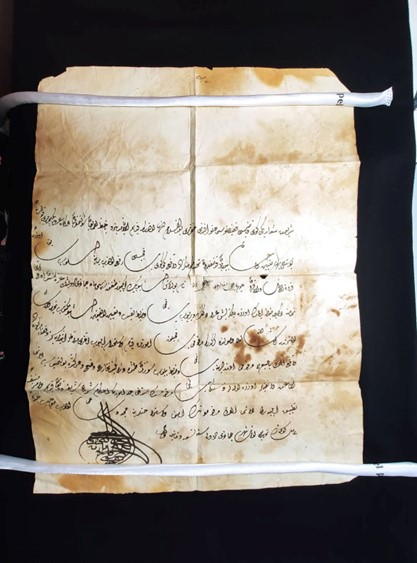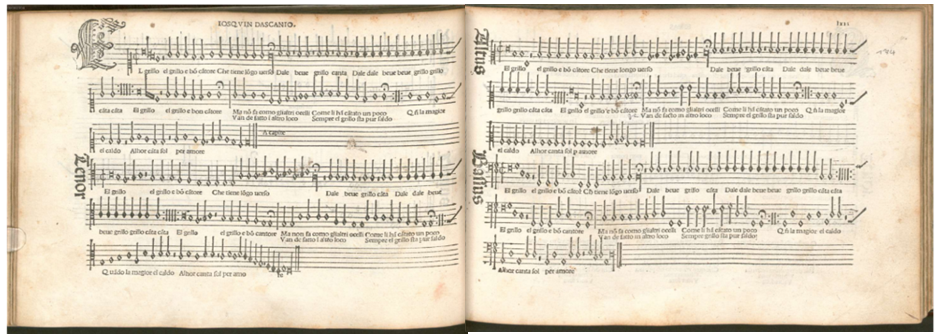Charlene Ellul, Extracting and Recording Paper Features: An AI Approach,
There is no denying that the invention of paper was a major human accomplishment and a medium that had a profound impact on society. It turned the dissemination of information and record keeping into much easier tasks and thus had a great impact on human existence. Researchers often consult archival material for the written or drawn content to find answers for their research questions, but more often than not, paper as a material is disregarded. Paper itself, however, is a treasure trove of clues left behind by the mill manufacturer waiting to be investigated. Just like a burglar unintentionally leaves fingerprints behind, the mill manufacturer leaves behind watermarks, chain and laid lines produced by the moldmate. The thickness of the paper, appearance and material composition are also features that vary from one mill to another. While a watermark was incorporated intentionally to identify the manufacturer or the grade of paper, the other features were simply a result of the paper making process. Fortunately, advances in Artificial Intelligence technologies can aid in facilitating the “detective” work and identify the provenance of [...]



